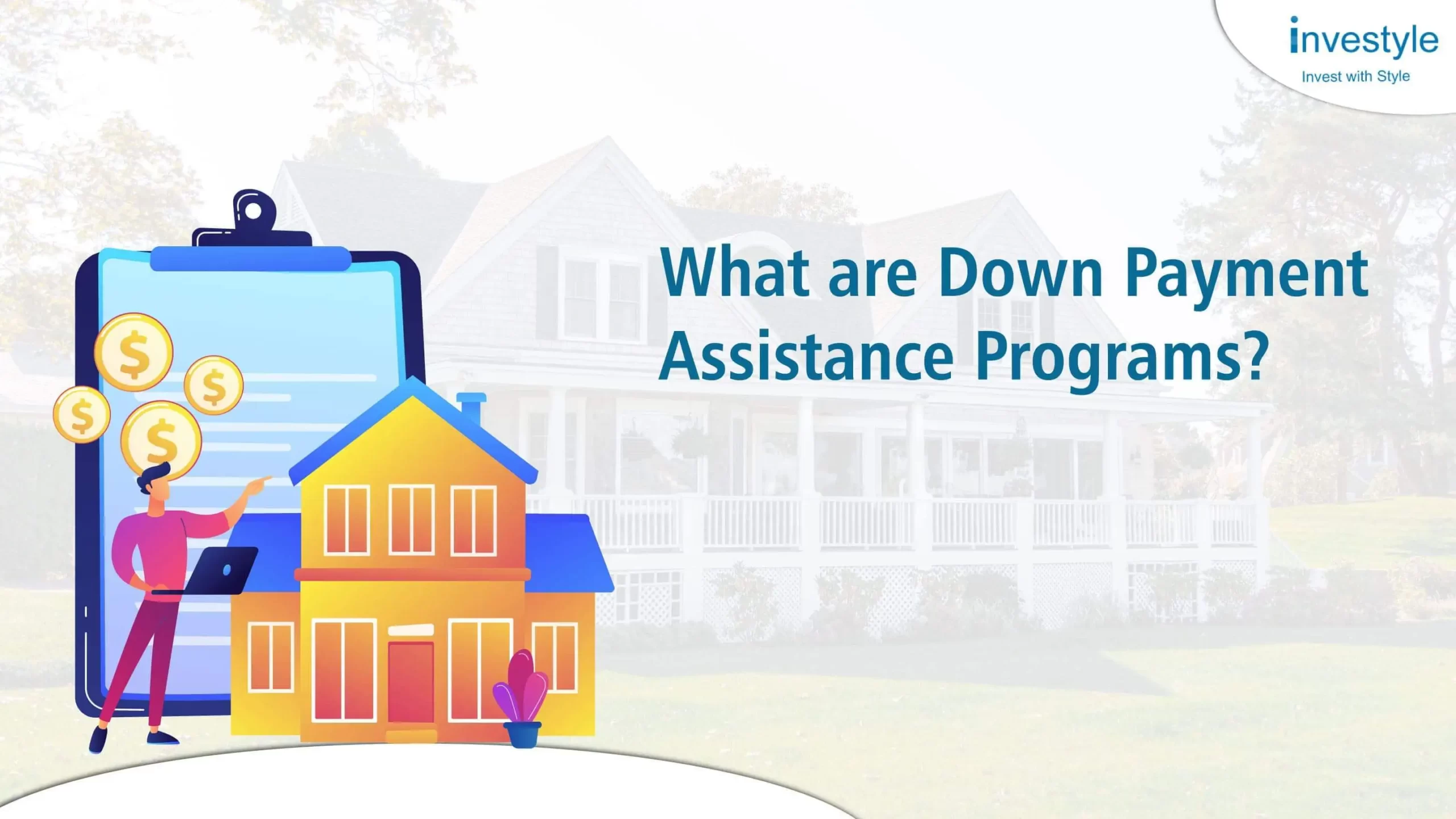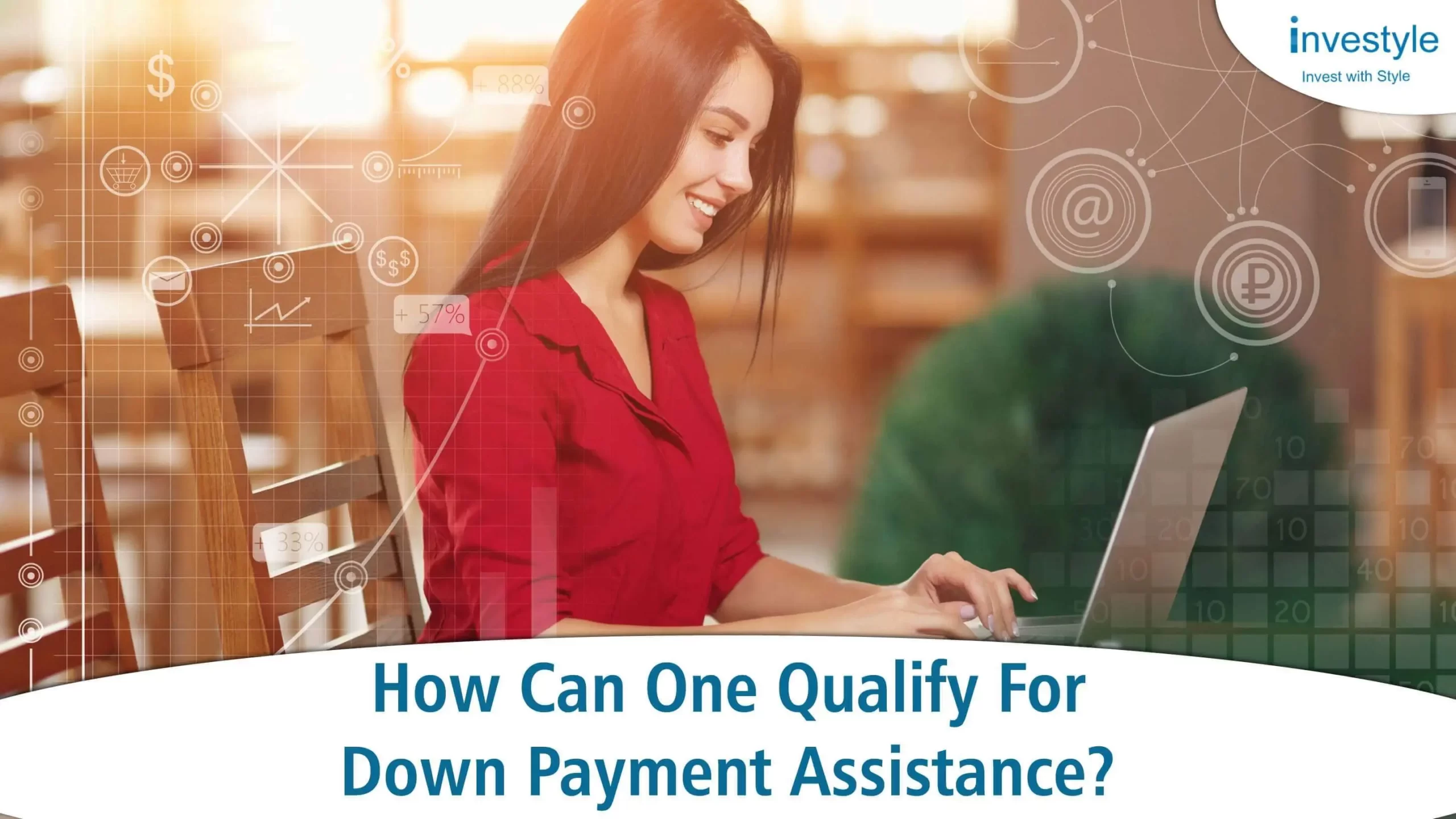Looking for down payment assistance?
Well, this blog is all about down payment assistance.
In these tough economic times, the dream of homeownership may feel unattainable.
However, all hope is not lost.
Down payment assistance programs can help you get the home of your dreams at a price you can afford.
Rising home prices and mortgage interest rates take a toll on homebuyers.
According to a report by the National Association of Realtors, the median price of a starter home in the U.S. during Q1 of 2022 was $313,000.
Now consider a traditional down payment of 20% on a $313,000 starter home.
Your average buyer would need to come up with almost $62,600 to meet these down payment requirements.
But, you don’t need to worry as Down payment assistance programs can ease this burden for you.
Now, you may ask,
What are Down Payment Assistance Programs?

Down payment assistance programs are systems that help prospective homeowners purchase a home without needing to save as much for their down payment.
These programs are usually state-sponsored and can take many forms, including grants, forgivable loans, deferred loans, and low-interest loans.
The programs are designed to help qualified home buyers who don’t qualify for zero-down payment loans and who may not have enough saved up for a traditional down payment.
Moving on, your next question can be,
How can one QUALIFY for Down Payment Assistance?

Many down payment assistance programs are targeted toward first-time homebuyers, but some exist for repeat buyers.
Requirements for down payment assistance programs vary by state and sometimes even by zip code.
For example in Virginia, your earnings have to be less than or equal to 80% of the area’s median income where you are planning to invest or buy.
Whereas, in other states, the limit can go up to 120%.
Furthermore, these sorts of programs, are generally available to first-time buyers.
It means a person with a portfolio of prior home purchases wouldn’t qualify for down payment assistance.
But, we would advise you further to have an adequate understanding of the processes of mortgages and financial responsibilities to save you from future losses or predicaments.
Most programs include:
- Minimum Credit Score.
- Maximum Income Level.
- Maximum Home Price.
- Type-of-home Requirements.
You may also need to invest some of your money and/or participate in homebuyer education classes.
Though, you may need to check some programs near you concerning your exact queries and requirements.
But, in most of the payment assistance programs you will find its most common forms:
1. Grants are considered extra valuable because you don’t have to pay anything back.
Functionally it is a gift, but it’s essential to be aware that some grants may create a second lien on your home, preventing you from selling until the lien is paid.
2. Forgivable loans: Also known as ‘zero-interest second mortgages’ that you do not have to pay back if you stay in the house for a required number of years (often five, sometimes up to 20).
This second mortgage typically covers your entire down payment.
3. Deferred loans: They are also second mortgages that typically cover the sum of your down payment, but you must pay a deferred loan back when you sell or refinance your home.
4. Low-Interest Loans: You can also get a low-interest loan on a second mortgage, which is paid back on a regular schedule and is not forgiven.
SUMMING UP!
In your journey as a homeowner or investor, there will be a point where you will find yourself short in money for a down payment.
Rather than panicking, you need to assure yourself with carefully drafted down payment assistance programs usually administered by the local or state housing authority.
As discussed in this blog you can opt for the common forms of assistance that will take care of your down payment or the closing costs.

